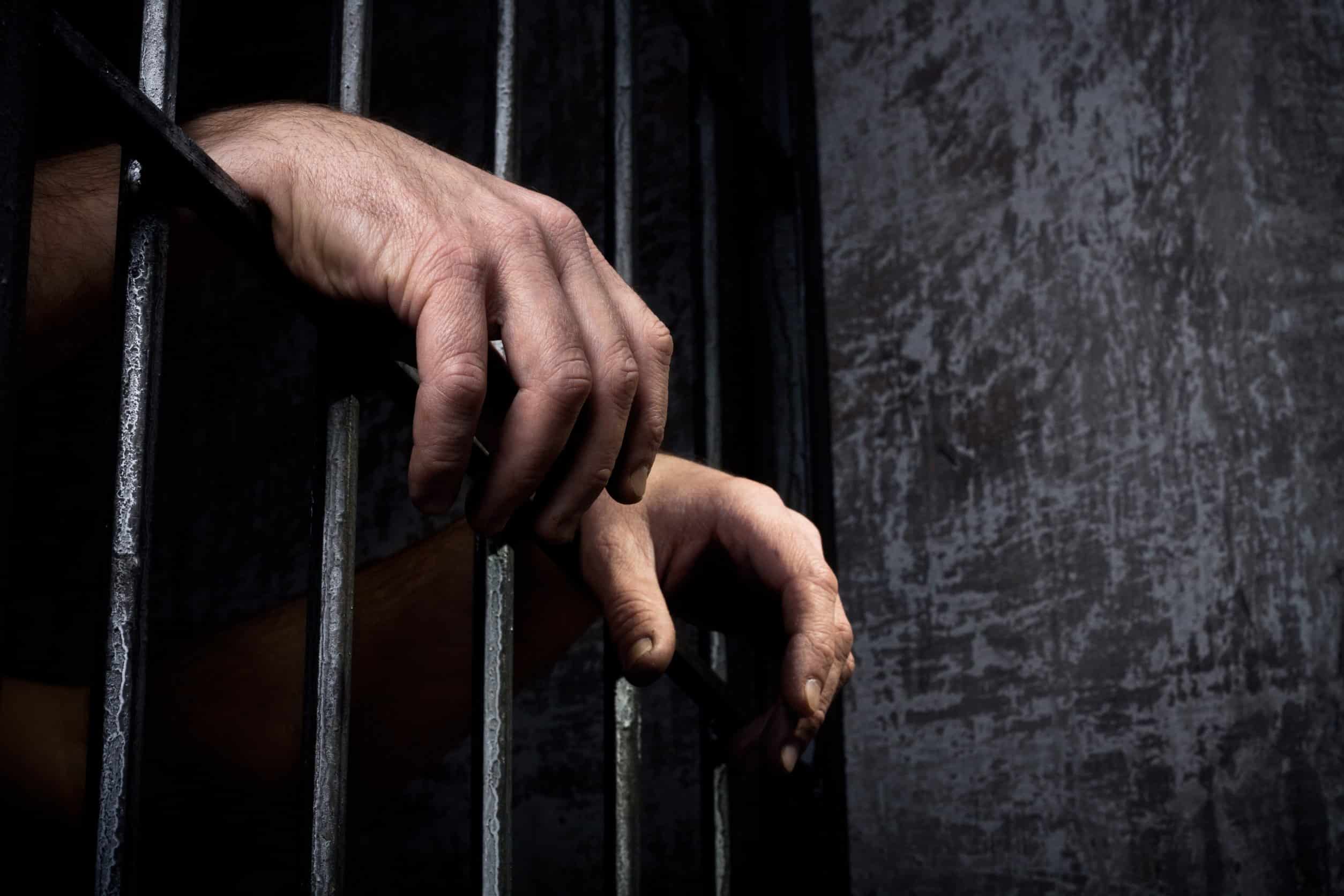Technology has improved the lives of people in a variety of ways. But just as with anything else, there is a dark side to technology that allows some people to use it to commit crimes – crimes like domestic violence.
In Minnesota and across the country, domestic violence is something that has to be dealt with every single day. The state of Minnesota has criminalized domestic violence to deter it. Still, technology has allowed new ways for people to perpetrate these types of acts in the state, which has only made the problem worse.
Here is what you need to know about domestic violence in Minnesota, including how it’s defined, how it is punished, and how technology is making it easier for people to become both perpetrators and victims.
Understanding Minnesota Domestic Violence
Before understanding how technology has made it easier for people to perpetrate domestic violence in the state, you must first understand how domestic violence is defined under the law.
In our state, domestic violence can include both physical acts of harm and threats against a person in your family or household. Either of these acts can result in criminal penalties, mandatory jail time, restrictions on the ownership and purchase of firearms, and restraining orders.
Although domestic assault is the most common type of crime of domestic violence in the state, charges don’t just stop there. Other types of domestic violence offenses include terroristic threats, harassment, stalking, criminal sexual assault, and attempted strangulation.
Qualified Domestic Violence-Related Offenses in MN
Another aspect of domestic violence in Minnesota is what is referred to as a qualified domestic violence-related offense. These are certain crimes that are penalized more severely if they occur close to the time of another domestic violence offense. Under the law, these offenses include those where the person is not a member of the household or the family, such as assault, stalking, interfering with an emergency call, terroristic threats, and criminal sexual conduct.
That means if anyone is convicted of a domestic violence offense in the state and they offend a few years later using technology to harass another person, the penalties they face can be much harsher due to the previous offense. That’s something to keep in mind if you were convicted of an offense related to domestic violence previously – anything you do from that point on can be looked at through an entirely different lens.
How Do Technology Facilitate Crimes of Domestic Violence?
Technology has become a fast and easy way to monitor people and harass them, both of which can be considered domestic violence. Cyberstalking, harassment, and electronic monitoring have become easier with many different types of technology at a person’s fingertips.
Among others, technology can be used to commit these acts:
Tampering
Email can be redirected or intercepted these days easily, and folders are mined for information to use against someone to control or harass them.
Tracking
Victims can be tracked and threatened using GPS on their phones or cars.
Monitoring
It’s not hard for someone who wants to control another or use information against them to monitor social media and websites accessed by the victim using spyware.
Harassment
Online abuse is a real thing, and it includes many behaviors that are considered malicious, such as sharing embarrassing content without consent, stalking and non-consensual use of photography.
All you must do is think about how technology is used in everyday life, then think about how someone who wants to harass, control, threaten or hurt you could use that technology to turn your life upside down.
What Are the Penalties for Minnesota Domestic Violence?
Domestic violence charges run the gamut, from misdemeanors and gross misdemeanors to felonies. For misdemeanors and gross misdemeanors, a first violation of the law in many cases can result in three months to one year in jail, with fines of as much as $3,000 for a gross misdemeanor.
If you assault someone through strangulation, you’re looking at three years in prison unless you cause death or serious bodily harm, which can be more. For felonies, those with prior convictions will face harsher penalties, as will anyone who caused bodily harm or used a weapon to commit the crime. In these cases, you can look at anywhere from five to 10 years in prison.
In cases where death occurs, you face first- or second-degree murder, which can lead to incarceration for life.
About the Author:
Christopher Keyser is an AV-Preeminent rated criminal and DWI defense attorney based in Minneapolis. He fights aggressively for his clients and utilizes innovative tactics to get the most positive results. He has been featured in numerous media outlets due to the breadth and depth of his knowledge. He has been named a Certified Specialist in Criminal Law by the Minnesota Bar Association. Mr. Keyser is Lead Counsel rated, and he has received recognition for his criminal law work from Avvo, Expertise, Super Lawyers, The National Trial Lawyers, and more.








